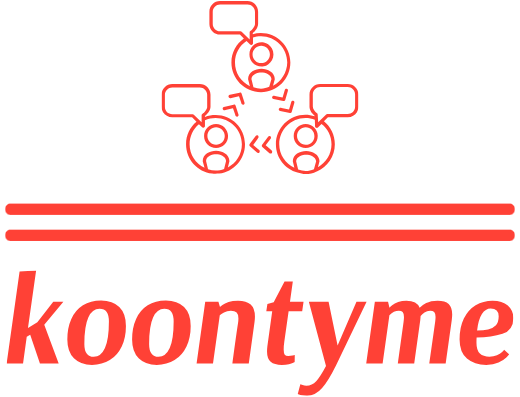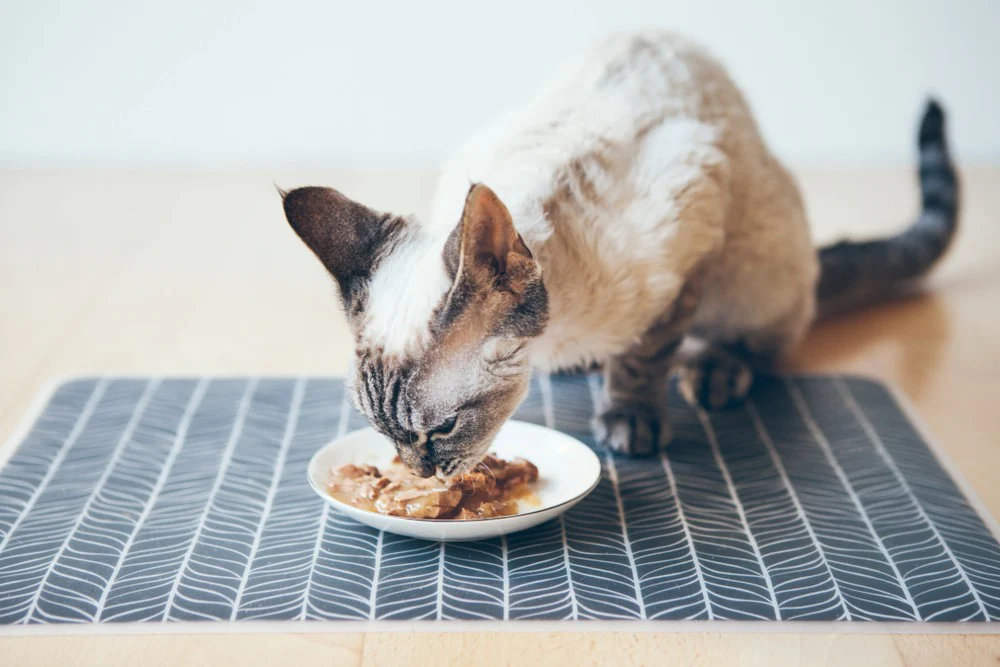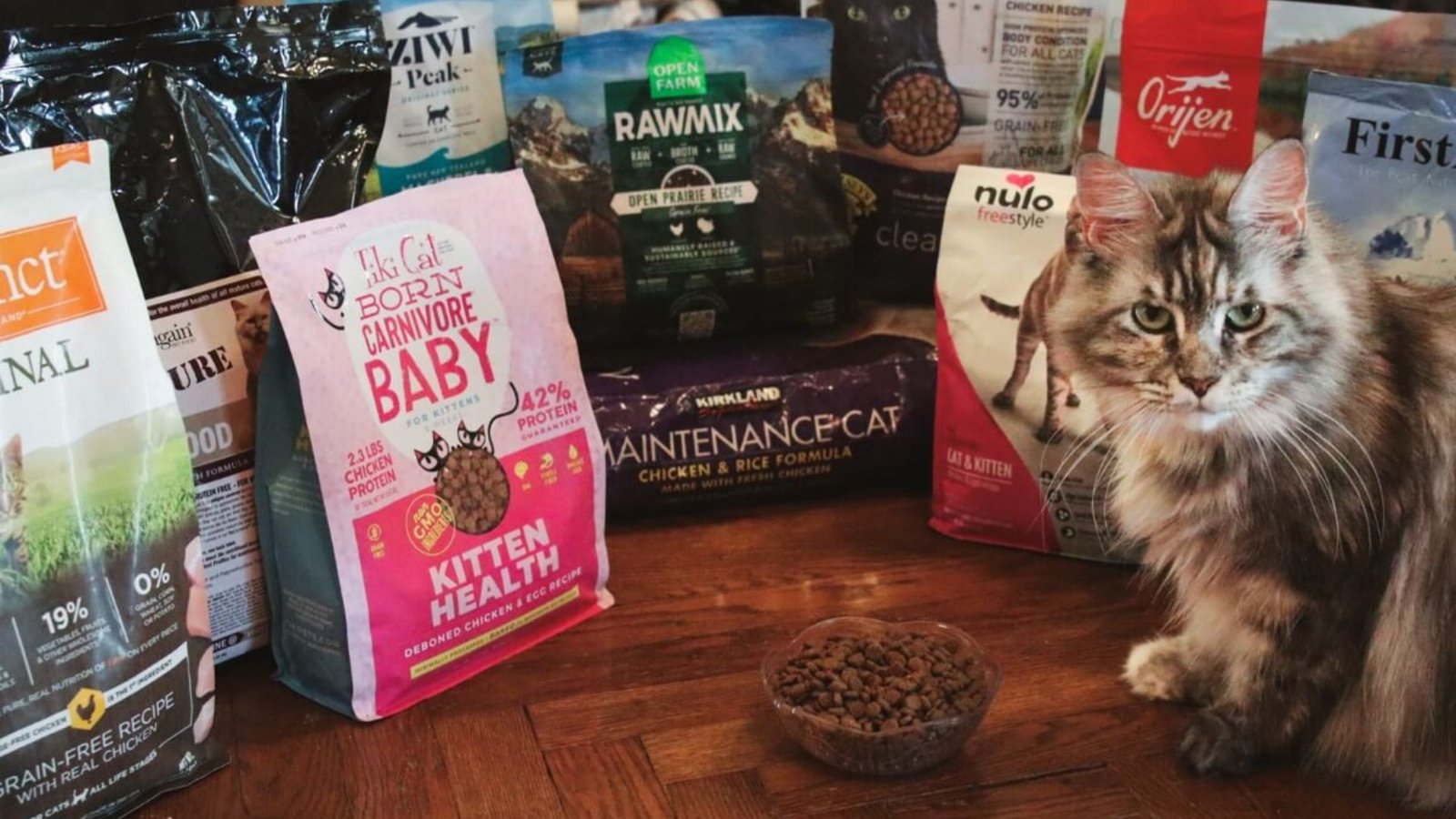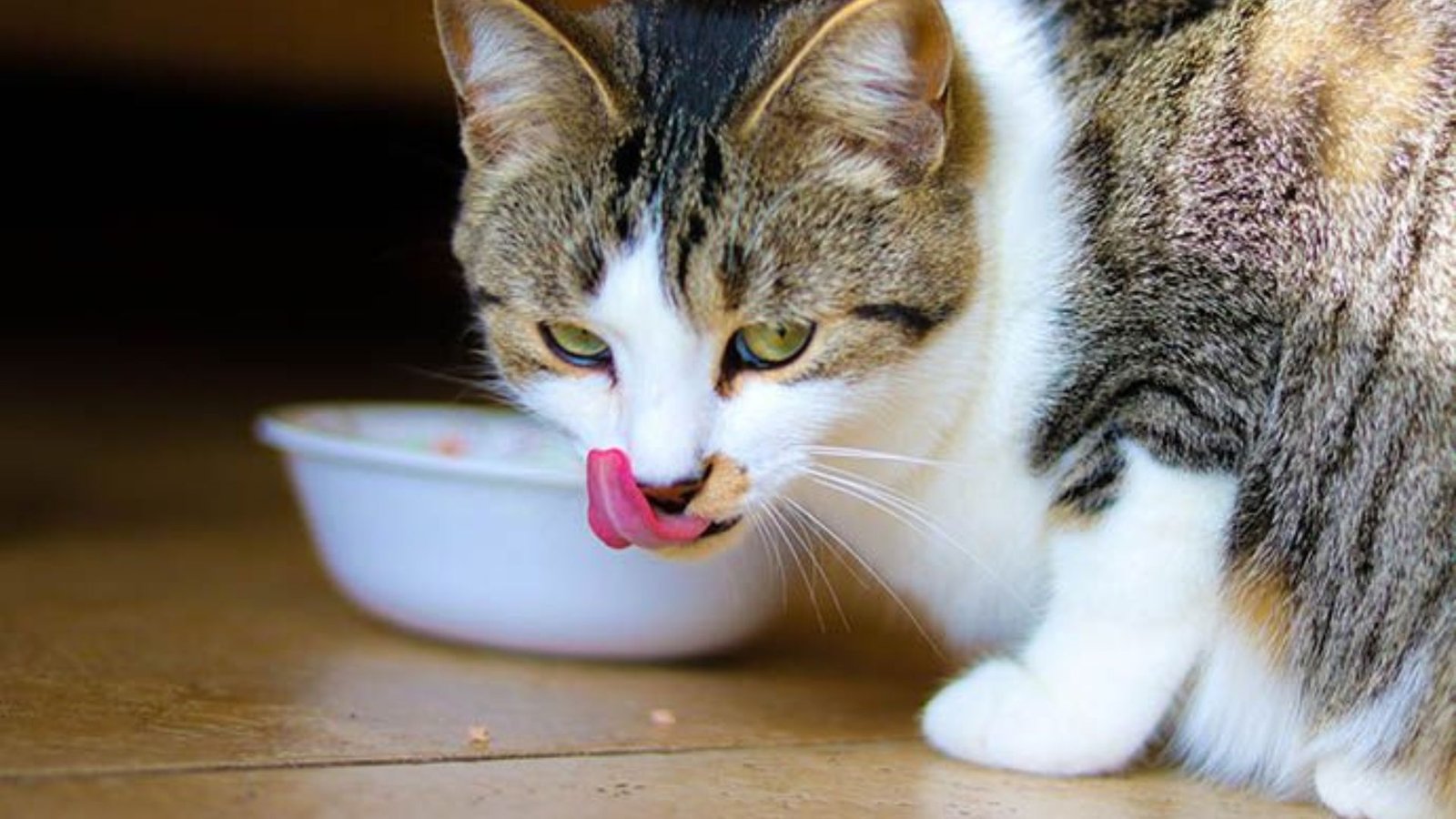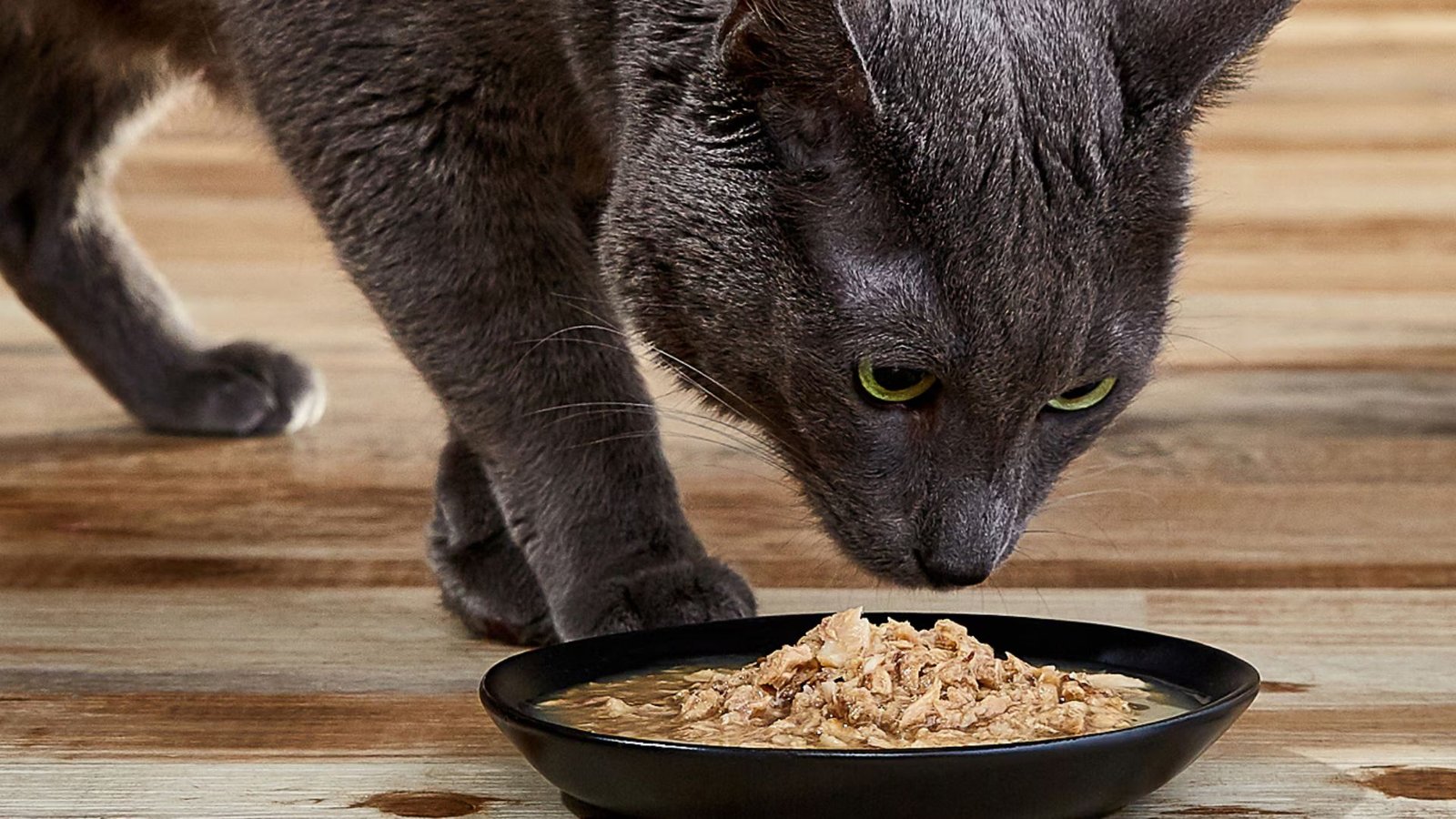As a cat owner, choosing the right food for your feline companion is essential for their overall health and well-being. One of the most common debates among cat owners is whether wet food or dry food is better for cats. Both options offer distinct benefits, but the right choice depends on your cat’s specific needs, preferences, and lifestyle.
In this article, we will compare wet food and dry food, examining their nutritional value, health benefits, and potential drawbacks, helping you make an informed decision for your furry friend.
1. Nutritional Content: Wet Food vs. Dry Food
Wet Food
Wet food is often considered more nutrient-dense than dry food. It generally contains higher protein levels, essential fats, and moisture content, which are crucial for maintaining your cat’s health. Because wet food has a higher moisture content (typically 70-80%), it’s an excellent choice for cats that struggle with hydration. Cats are notorious for not drinking enough water on their own, so the added moisture in wet food helps to keep them hydrated, which is especially important for kidney health and urinary tract function.
Dry Food
Dry food is more concentrated, meaning that it has a lower moisture content (around 10%). While it typically has a higher carbohydrate content, many dry foods are designed to provide balanced nutrition with the right amounts of protein, fat, and fiber. Some dry food brands offer specialized formulas to cater to different life stages or dietary needs. Although dry food can be convenient and economical, it doesn’t provide the added hydration that wet food offers.
2. Dental Health: Dry Food Benefits
One of the significant benefits of dry food is its potential to help improve dental health. The crunchy texture of kibble helps reduce plaque and tartar buildup, which can lower the risk of dental issues such as gum disease and tooth decay. Regular chewing of dry food can help maintain clean teeth and freshen your cat’s breath. However, while dry food can assist with dental health, it should not be seen as a replacement for regular teeth brushing or professional dental care.
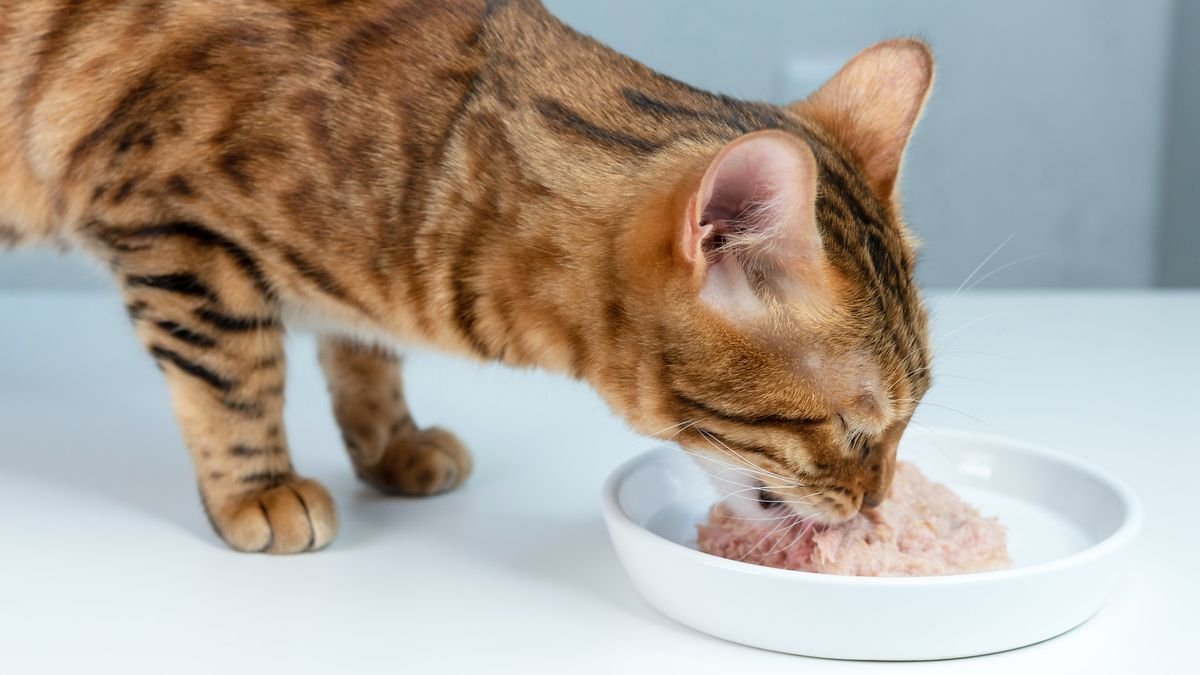
3. Hydration: Wet Food’s Advantage
Hydration is one of the most significant benefits of wet food. Cats are often not good drinkers, and wet food can contribute significantly to their overall fluid intake. This is especially beneficial for cats with kidney disease, urinary tract infections, or those prone to dehydration. The moisture content in wet food supports healthy kidney function, prevents urinary crystals, and promotes a healthy digestive system.
4. Convenience and Storage: Dry Food
When it comes to convenience, dry food often wins. It has a long shelf life and doesn’t require refrigeration once opened, making it easier to store and serve. Dry food is also more portable, which makes it a good option if you need to leave food out for your cat when you’re away for a few hours or during trips.
In comparison, wet food requires refrigeration after opening, and any leftovers need to be used within a certain period to ensure freshness. Wet food also tends to be messier to serve and can be more challenging to store properly.
5. Cost: Dry Food is Typically More Budget-Friendly
Generally, dry food is more affordable than wet food. Since it has a lower moisture content and is more concentrated, it’s less expensive to produce, and you get more servings for your money. Wet food, while often more nutritious, tends to be pricier due to its higher moisture content and the cost of packaging and preservation.
6. Portion Control: Wet vs. Dry
When it comes to portion control, both wet and dry food have their advantages. Dry food allows for easy portioning with a scoop or measuring cup, helping you control how much your cat eats. On the other hand, wet food typically comes in cans or pouches, which may require more effort to measure accurately, especially if you’re feeding multiple cats.
Some owners also opt for a mix of wet and dry food to provide variety in their cat’s diet, which can help with both hydration and nutrition.
7. Weight Management: Consider the Calories
Dry food tends to be higher in calories per serving due to its higher concentration of nutrients. If your cat is prone to obesity or you need to manage their weight, you might need to carefully monitor portion sizes when feeding dry food. Wet food has fewer calories per volume, which can make it easier to manage your cat’s weight while still providing ample food.
8. Special Diets: Addressing Medical Needs
Some cats have specific dietary requirements that can be better addressed by one type of food over the other. For example, cats with urinary tract issues, kidney disease, or diabetes may benefit from the higher moisture content of wet food. Alternatively, if your cat requires a specialized diet that involves weight control or dental health, you might find that dry food with specific formulations is more suitable.
Always consult your veterinarian before making any dietary changes, especially if your cat has medical conditions that require special attention.
9. Which Is Right for Your Cat?
Ultimately, the choice between wet and dry food depends on your cat’s individual needs and preferences. If your cat has trouble staying hydrated, wet food can help boost their water intake and support their health. If convenience and cost are a priority, dry food may be the better option. Many cat owners opt to feed a combination of both wet and dry food to balance the benefits of each.
Conclusion
Both wet and dry food have their advantages and disadvantages, and the best choice for your cat depends on their specific dietary needs, health concerns, and lifestyle. By understanding the benefits and drawbacks of each type of food, you can make a more informed decision about what to feed your cat to ensure they lead a long, healthy life.
